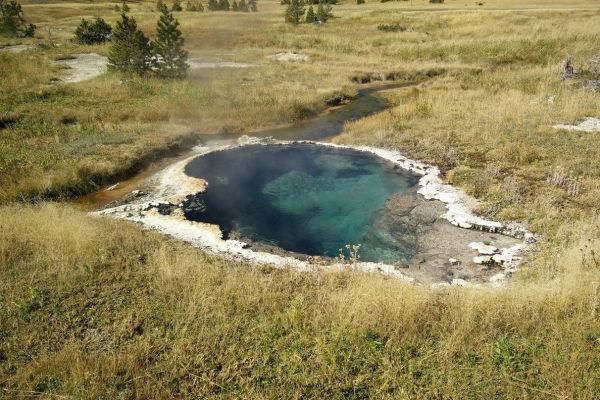Last August, Abdelrhman Mohamed found himself hiking deep into the wilderness of Yellowstone National Park.
Unlike thousands of tourists who trek to admire the park’s iconic geysers and hot springs every year, the WSU graduate student was traveling with a team of scientists to hunt for life within them.
After a strenuous seven mile walk through scenic, isolated paths in the Heart Lake Geyser Basin area, the team found four pristine pools of hot water. They carefully left a few electrodes inserted into the edge of the water, hoping to coax little-known creatures out of hiding — bacteria that can eat and breathe electricity.
After 32 days, the team returned to the hot springs to collect the submerged electrodes. Working under the supervision of Haluk Beyenal, Paul Hohenschuh Distinguished Professor in the Gene and Linda Voiland School of Chemical Engineering and Bioengineering, Mohamed and postdoctoral researcher Phuc Ha analyzed the electrodes.
Read more at Washington State University (WSU)
Photo: Pools of hot water like this are the home to bacteria that can eat and breathe electricity. CREDIT: WSU


